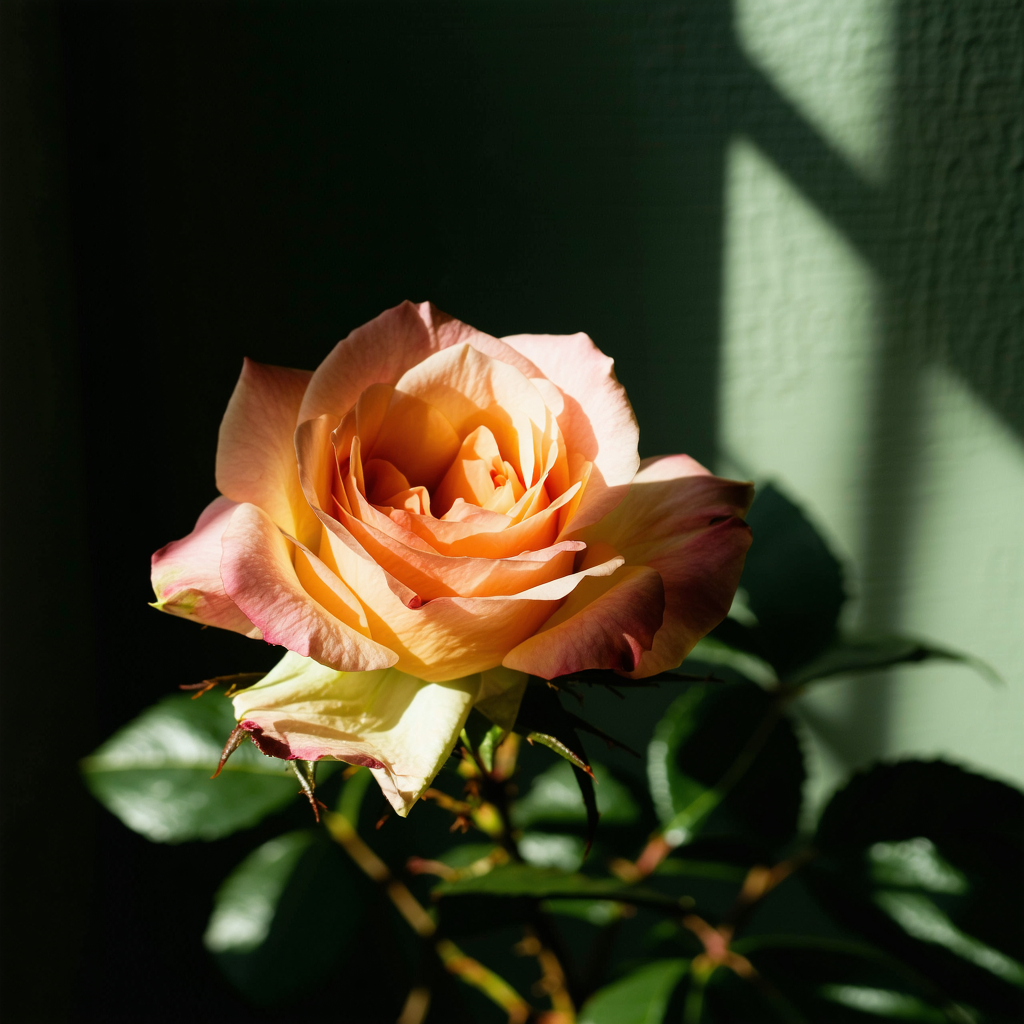The Timeless Allure of Roses: Exploring Beauty, Symbolism, and Cultivation
Roses are often hailed as the quintessential flower, celebrated for their timeless beauty, captivating fragrance, and deep cultural significance. Revered across civilizations, these blooms have graced literature, art, and gardens for centuries. This article delves into the fascinating world of roses, exploring their history, symbolism, types, cultivation tips, and care.
A Brief History
The history of roses stretches back millennia, with fossil records suggesting their existence as far back as 35 million years ago. The wild rose is native to regions stretching from Asia to Europe and North America. Ancient civilizations like the Greeks, Egyptians, and Romans held roses in high regard, using them for medicinal purposes, religious ceremonies, and even as a symbol of power.
Roses reached new heights during the Renaissance when they became central to the art and poetry of the era. The famous “sub rosa” motif, representing secrecy and confidentiality, originated from Roman banquets where a rose was hung above tables to indicate private conversations.
Symbolism of Roses
Throughout history, roses have been imbued with various meanings across different cultures:
- Red Roses: Universally symbolize love, passion, and romance. They are the quintessential choice for expressing deep affection.
- White Roses: Represent purity, innocence, and new beginnings. Often used in weddings and funerals to convey peace.
- Yellow Roses: Signify friendship, joy, and warmth but can also suggest infidelity or jealousy in certain contexts.
- Pink Roses: Convey gratitude, admiration, and elegance. They are a popular choice for expressing affection without the intensity of red roses.
- Black Roses: Rare and often associated with death, mourning, farewell, and goodbye. They symbolize endings or rebirth from tragedy.
Types of Roses
Roses come in various species and hybrids, each offering unique characteristics:
- Hybrid Tea Roses: Known for their large, fragrant blooms and long stems, these roses are the most popular choice for bouquets and floral arrangements.
- Floribunda Roses: Produce clusters of smaller flowers on bushy plants. They offer abundant blooms with a variety of colors.
- Grandiflora Roses: A cross between hybrid teas and floribundas, grandifloras boast large blooms in clusters, combining the best traits of both types.
- Climbing Roses: Feature long canes that twist and turn around supports. They are ideal for trellises or arbors, providing vertical interest with their abundant flowers.
- Shrub Roses: Hardy and low-maintenance, shrub roses have a more natural, informal look. They produce clusters of blooms in spring and summer.
Cultivating Roses
Growing roses can be immensely rewarding when done correctly. Here are some tips to help you cultivate healthy and vibrant rose bushes:
- Choose the Right Location: Roses thrive in full sun (at least six hours per day) and well-drained soil with a pH of 6.0 to 6.5.
- Planting: Plant roses at the same depth they were growing previously. Space them adequately to allow for air circulation, which helps prevent diseases.
- Watering: Water deeply but infrequently to encourage deep root growth. Ensure that the soil is moist but not waterlogged.
- Fertilizing: Feed your roses with a balanced fertilizer in early spring and again during the growing season. Avoid over-fertilization, which can lead to excessive foliage at the expense of blooms.
- Pruning: Prune roses annually in late winter or early spring before new growth begins. Remove dead or diseased wood and shape the plant to encourage healthy growth and flowering.
- Pest and Disease Control: Regularly inspect your roses for signs of pests like aphids, spider mites, and Japanese beetles. Treat infestations promptly with appropriate measures. Watch for common diseases such as black spot, powdery mildew, and rust, using fungicides if necessary.
The Cultural Impact of Roses
Roses have left an indelible mark on culture and society:
- Literature: Poets like William Shakespeare and Elizabeth Barrett Browning celebrated roses in their works. “A Red, Red Rose” by Burns is a famous ode to the flower’s beauty and enduring nature.
- Art: The rose has been a favored subject for artists throughout history, from medieval tapestries to Renaissance paintings and modern abstract art.
- Philosophy and Religion: In various philosophical traditions, roses symbolize the fleeting nature of life, while in Christianity, they are associated with the Virgin Mary and martyrdom.
Roses continue to captivate us with their enchanting beauty, rich symbolism, and versatility. Whether you’re growing them in your garden or enjoying them as part of a bouquet, roses offer endless possibilities for expression and appreciation. By understanding their history, care requirements, and cultural significance, we can deepen our connection to these timeless blooms.
As you embark on your own rose-growing journey, remember that patience and attention are key. With proper care, you’ll be rewarded with the stunning beauty and fragrance of roses year after year, making them a cherished part of your garden or floral collection.
